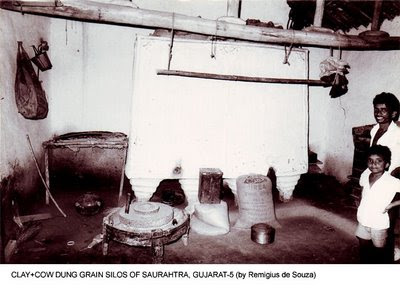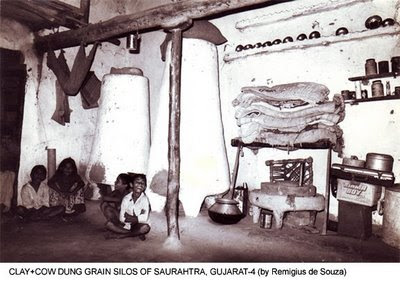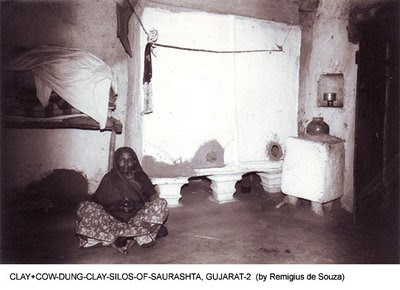
Lowest Common Multiple - 2: Dharma by Nature
We continue our re-search taking clue from the previous post, Arithmetic in Life, into following areas which are very vital.1
WORK, REST, HEALTH, LEARNING and PROPAGATION are the intrinsic functions of all the species, which are given by NATURE. Hence, in these functions all the living beings have autonomy bestowed upon them by NATURE.
2
The living beings include all animals and plants: from bacteria to human animal, fr0m algae to giant banyan /oak trees; there are no exceptions.
3
This is the Fundamental Law by Nature (call God if you wish). Perhaps some call it "Sahaja Dharma" – intrinsic Dharma – in Indian languages. I suppose it refers to humans, but if extended it could apply to all biotic and abiotic entities.
4
Since this intrinsic functional autonomy is given to the lives by NATURE, there is no other authority or power over it of any person or any man-made institution.
5
May they be incarnations / prophets, or religions, governments, courts of law (justice?), military, education, economics, trade and commerce etc. Because all these are somewhere, somehow, directly or by proxy, obliged to the power by humans. And where there is "power" there comes corruption, ownership, superiority, slavery, terror, extremity, exploitation, destruction, annihilation… brainwashing, may it be physical or mental.
6
NATURE does not place "Work, Rest, Health, Learning and Propagation" in hierarchy or in compartments, as the civilized societies do. They are simultaneously interrelated and integrated, and continue to function throughout lifetime. (I do not know the function of Soul other than keeping an entity alive for a limited time, and to support it to perform these functions.)
7
In the lives other than humans, for example, plants, we may not see these functions happening, but we witness their flowering and fruition. A seed fallen in the soil germinates, a "touch-me-not" closes its leaves as soon as we touch…
8
Jagdish Chandra Bose proved in his laboratory that plants have emotions (hence the senses). However, the illiterate peasants have known this for a long, long time. They know it by intuition. Intuition, however, comes and develops by the senses and observation and learning, by SenseAbility. After the sunset they never even snap a leaf of a tree, for it is its time to rest /sleep.
9
If we observe, among children, we can feel these functions at work, right from the moment they are born. Of course they start from the very time of conception. This is an ecological happening. The story of Tarzan, though imaginary, is also exemplary.
10
Science can enlighten us on many biological etc. matters. Science has done a "little" work on animals and plans, which though may be more for us, "more" work the scientist do, the mystery of NATURE deepens more and more!
~~~~~~
1. Link to Previous Post: Arithmetic in Real Life
2. Links to my series on Senses: 1. Senses and SenseAbility, 2. Senses and SenseAbility2, 3. Homeostasis, 4. Touch, 5. Hearing, 6. Smell, 7. Sixth Sense, 8. Sex-as-Sense.
~~~~~~
© Remigius de Souza, all rights reserved.






